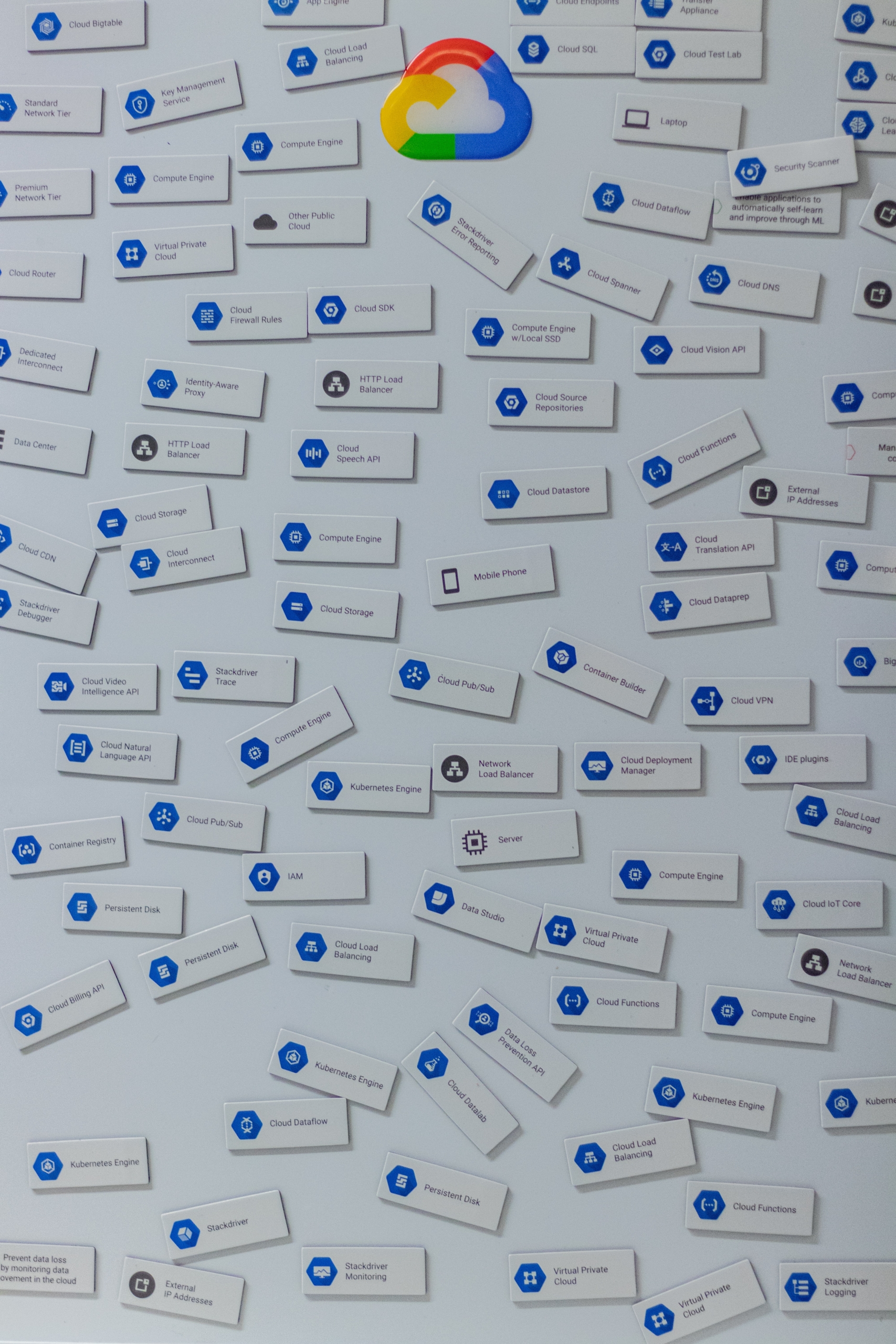
By Junta Nakai, RVP, Global Head of Financial Services and Sustainability at Databricks
Traditionally, you achieved competitive advantage in financial services through scale and capital. In short, the more branches and money you had, the better. But this idea is becoming increasingly outdated as we transition to a digital world. People and data are the new sources of competitive advantage and are at the center of every digital transformation. Data is the lifeblood of an organization: about 70% of all financial services companies worldwide already use data-intensive machine learning (ML) to predict cash flow trends or detect fraud. As the amount of data in financial services increases, organizations must create a healthy “data-driven culture” to survive. But how?
On the way to an even better data-driven culture
There are many similarities between a financial institution with a strong data-driven culture and one with a strong corporate culture. AI and corporate culture are similar in the sense that everyone talks about it and sees the benefits, but no one really knows what it entails – unless backed up with clear actions from leadership.
A financial institution with a data-driven culture is in many ways similar to one with a strong corporate culture. The organization lives up to its values. The same is true for AI. In the long run, this has significant implications for every part of the business, from recruitment to risk management. If you look at financial organizations globally today, banks with a strong corporate culture are more capable to recruit top talent and make better decisions on average. By combining a strong corporate culture with a strong data-driven culture, organizations can find new ways to innovate using their most powerful assets (data) and recruit and retain talent (people). This enables them to grow.
From “supported by data” to data-driven
Simple and easily accessible data is obviously a must have for a data-driven organization. But embedding a data-driven culture within the organization that supports a well-organized structure is not an easy task – especially if you are a larger organization. How do you handle this?
1. Learn to “fail-fast” from the ‘nimble ones’
Start-ups are typically well versed in dealing with risk and have more intrinsic motivation to experiment. The room for short-cycle iterations and improvements ultimately enables them to innovate. Larger banks and financial organizations, on the other hand, are mostly designed for stability and tend to avoid risky situations as a result. A new kind of “start-up-like” data-driven culture within an established institution is a major – but necessary – change from how financial organizations have been run in the past.
For inspiration the establishment could look to challengers such as the Dutch Fraudio, a financial services company that offers AI-driven solutions for payments, fraud detection and anti-money laundering. They collect data from across the organization in one central location, allowing AI algorithms to improve efficiency and provide employees with a single source of truth.
2. From inspiration to practice
Next, if you want to put the lessons learned into practice, the first step is to consolidate data within an architecture like a data lakehouse. This is currently the most effective data architecture for storing, cleaning and analyzing data. Compared to a data warehouse architecture, a data lakehouse allows data teams to collaborate on the entire data and AI workflow in a single system.
3. Set clear boundaries
Next, managers should determine who should have access to all data. In many situations, data access can be restricted to a select group, but still different users need access to different data sets. It is important to arrange this properly to avoid data fragmentation or unexpected data drift (unexpected or undocumented changes to the data structure). Finally, they should align the data strategy with the needs of the organization and follow related security, compliance and privacy requirements. Managers who actively encourage employees to embrace a data culture, and give them the tools to put it into practice, will ultimately drive collective innovation.
4. Actively lead the change to become data-driven
Change needs top-down support to succeed. Leadership needs to prioritize investment in and use of the most powerful IT tools available, like for example cloud technology, data analytics technology and open source. Investment in these fundamental building blocks will enable financial firms to bring people and data together in the most productive way. A data culture is not about that one top talent revolutionizing a company. It’s about instituting new ways of dealing with data throughout the organization. To accelerate this, leaders can assign ‘champions’ – colleagues who are more advanced in their data and AI sills – to increase the speed of innovation. For example, it is worth looking at the job postings on the websites of innovative companies in the sector, as well as the number and type of jobs they are recruiting for. What insights can you glean from the skills, culture and other aspects that are important to these organizations?
What does a data-driven financial institution look like?
Data use has already revolutionised the way banks detect fraud, for example. Most financial organizations use historical analysis on transactional datasets to detect anomalous patterns and thus fraud. This works, but this approach is rigid, based on limited datasets and backward looking. Fraudsters are constantly innovating and finding new opportunities.
Financial organizations need to be just as agile. Instead of blunt instruments like the current rigid fraud algorithms, financial organizations should combine modern, real-time analysis of transaction data with for example geospatial data. In this way they can identify abnormal patterns, based on knowledge of what “normal” patterns look like. However, when you have hundreds of thousands or millions of customers, this is a challenge for which data and AI are much needed. An additional advantage of a future-proof data architecture is that it will enable better personalization through AI. Oorganizations can gain a better understanding of individual customers’ spending behaviour.
A data-driven organization with a focus on analytics and behaviour can improve in every aspect of its operations – from fraud detection to risk management to CSR. The result? Better results.



